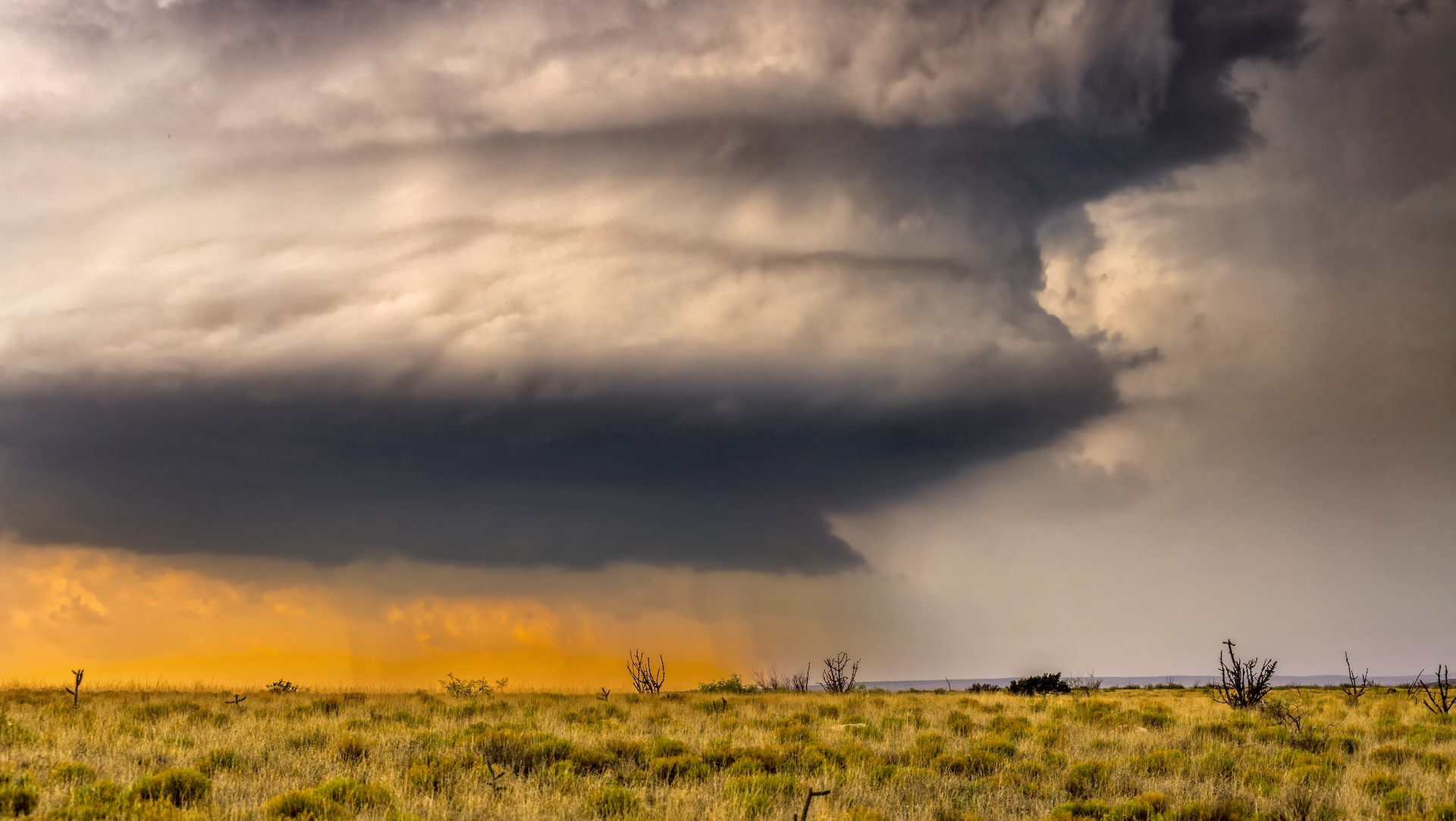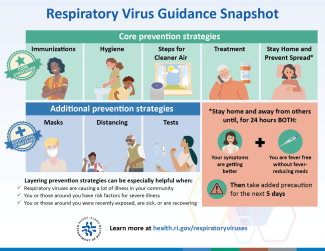‘That goes straight into your lungs’

A health official from Oklahoma has issued a warning for state residents amid a trio of troubling air-quality issues.
What’s happening?
As KFOR detailed, Dr. Greg Krempl, the chair of otolaryngology at OU Health, said smoke pollution from March’s wildfires — which had killed four people and injured at least 200 as of March 18, per NBC News — coupled with dust storms and a high pollen count has resulted in an increased risk of respiratory issues and other health problems.
Notably, while Oklahoma’s air quality index determined good and moderate conditions in some areas during the burning period, that didn’t present the full picture. These indicators typically don’t take wildfire particles into account because they are too small to be detected.
For context, KFOR observed that pollen is usually between 10 and 100 microns, but wildfire particles can be as small as 2.5 microns. With that in mind, the readings given by the air quality index might not be so reliable.
Why are wildfire particles concerning?
“If you are inhaling that 2.5 microns stuff, you don’t clear that fast. That goes straight into your lungs and can get straight into your bloodstream, and then it just sticks around until it’s cleared out,” Dr. Krempl told the outlet.
Symptoms of wildfire particle inhalation include nose irritation, itchy eyes, coughing, and a runny nose. Of course, for those who suffer from pollen allergies, it’s a similar story, and dealing with both at the same time could make these issues more difficult to live with. Add in the dust storm, and there are even more irritants in the air to exacerbate respiratory illnesses.
The risk of wildfires is increasing in both areas that are prone to these disasters and in places that don’t usually see them. Human-caused pollution is encouraging global temperatures to rise, leading to droughts and dry vegetation that are perfect conditions for a blaze to start and spread rapidly.
According to the National Interagency Coordination Center, the United States had 64,897 wildfires in 2024, up from 56,580 the year before. The organization observed that the acreage burned was “noticeably higher” than the five-to-10-year average.
With Oklahoma ranked as the third-worst place to live for allergy sufferers, according to the Asthma and Allergy Foundation of America, life could become a lot harder for residents if more regular wildfires are thrown into the mix.
What can be done about poor air quality?
KFOR noted that staying indoors when air quality is poor is a good way to reduce the risk of respiratory illnesses. Otherwise, investing in an air purifier can also help to remove tiny pollutants from interior spaces.
TCD Picks » Upway Spotlight
💡Upway makes it easy to find discounts of up to 60% on premium e-bike brands
But one of the most impactful things we can do to help improve the air we breathe is to reduce our production of pollution — not just to reduce particulate matter in the air released by vehicles and industry but to slow the rate of temperature rises that increase the risk of wildfires.
Luckily, some actions can help with both issues at the same time. For example, you could swap your gas-guzzling car for an electric alternative, or ditch the car altogether in favor of cycling, walking, or using public transport.
You could also invest in domestic solar panels to cut your utility bills and reduce your reliance on grid-provided energy — which is still heavily reliant on burning dirty fuels like coal, gas, and oil.
Join our free newsletter for good news and useful tips, and don’t miss this cool list of easy ways to help yourself while helping the planet.
link






